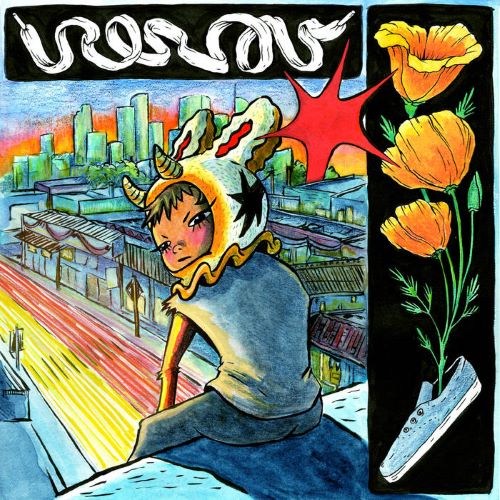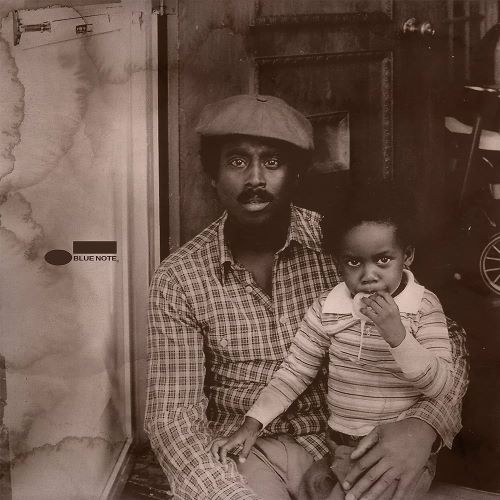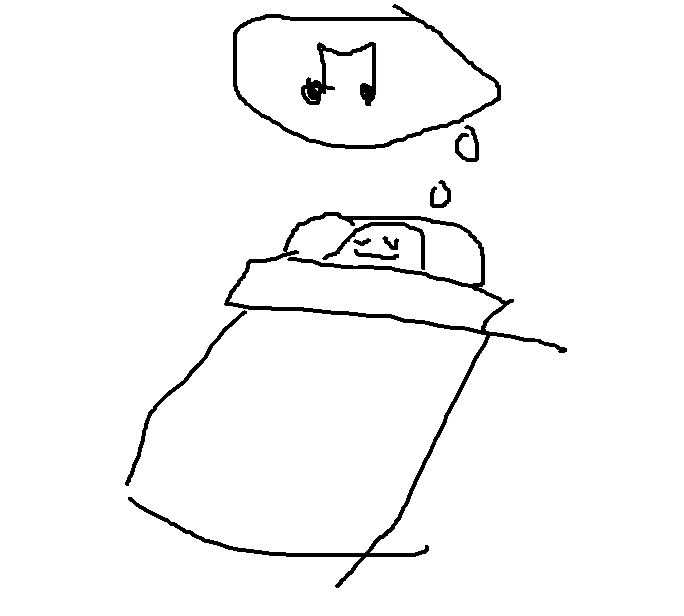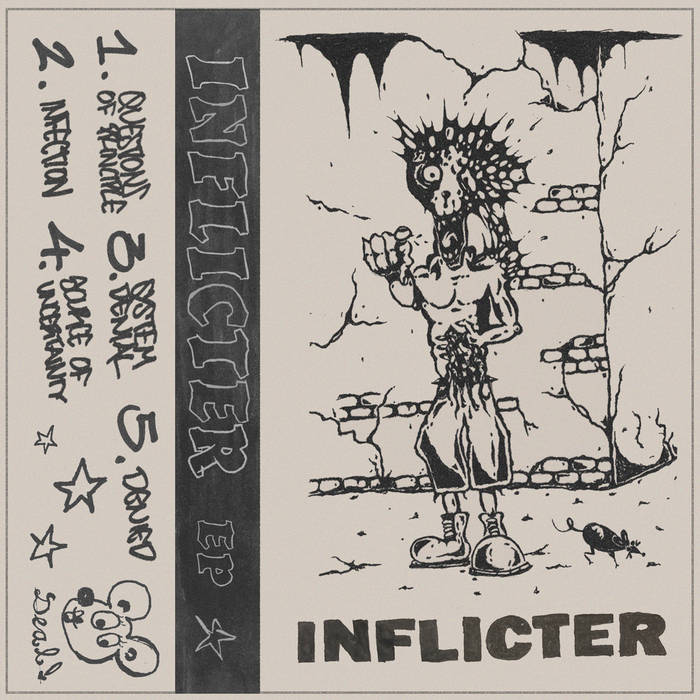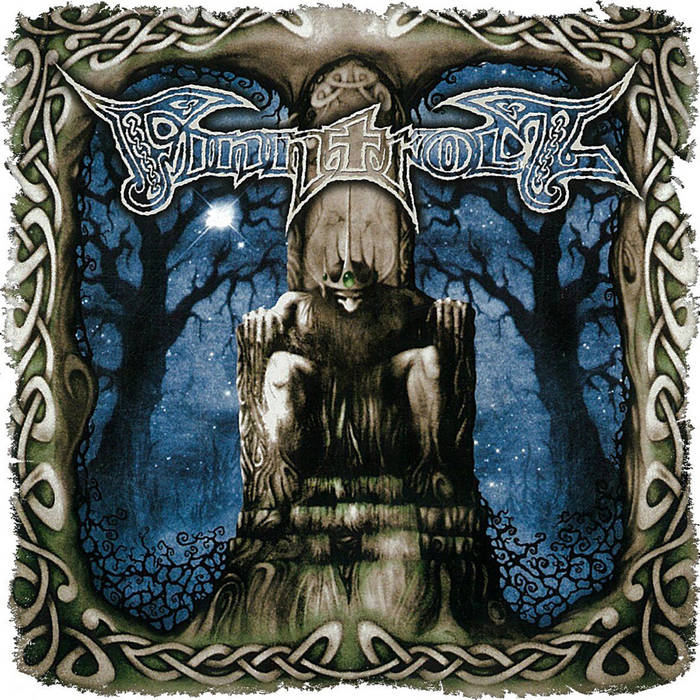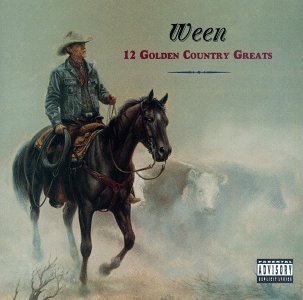Ween’s “12 Golden Country Greats” is both a deservedly hated and loved album. It represents some of Ween’s strangest, most homophobic, misogynistic and racist lyrics, while also being incredibly well produced and extremely unique.
Over the last few years of listening to this album, my opinions on the track and album have changed and changed and changed. I still don’t know how I feel about the album as a whole because musically it is really well put together with tons of fantastic guest stars to back up Gene and Dean Ween (Aaron Freeman and Mickey Melchiondo).
“12 Golden Country Greats” was released on May 6, 1996 under Elektra Records. Dean and Gene Ween are vocals on every track, but they were limited in their instrument playing during the recording of the album because of the amount of talent brought in to record (interview with album producer). Some of the folks that played on this album were Bobby Ogdin (piano), Charlie McCoy (organ, banjo, bass, harmonica, percussion, trumpet, tuba, vibraphone) and The Jordanaires (backup vocals on “I’m Holding You” and “Powder Blue”).
12 Golden Tracks:
By reading the title alone you are wondering why this band hasn’t been “canceled” or shunned into oblivion. I still wonder that too, but damn these songs are catchy. It’s like a kind of guilty catchy when you are eating a whole line of Oreos at 2 am in the kitchen.
This track features the lyrics “Like a Japanese cowboy or a brother on skates” in its chorus. I don’t know what Ween was trying to do with stereotypes about Japanese cowboys, but they use it in a metaphor to signify “something ain’t right”. Obviously, this is racist. (I hope I don’t need to say why…)
And of course the next track is misogynistic. Warning, there are curse words in this one (oooh scary). This song reminds of the MF DOOM track that features prominent homophobia (“BATTY BOYZ”), which is its own issue. Again, with this track I have no idea what Ween was trying to do. (Highschool me definitely thought this was funny, but at this point it is just nostalgic).
With lyrics like “She got time for the dog and none for her man” and “You ride my ass like a horse in the saddle/ Now you’re up sh*t’s creek with a turd for a paddle” it’s hard for me to believe this track was written to be taken seriously.
Wow. It’s like a normal country song written by normal people. This song is the opener to the album. Some of the lyrics are the off-putting Ween weird, but nothing that places you in some hateful territory like the previous two tracks. I love the instruments on this. They remind me of what classic western movies should be sounding like.
Another almost normal country tune by Ween. That should have been the title of this track. Fun fact about this song is that about a whole minute of the song was cut by the studio because of a Muhammad Ali quote that was featured at the end (so recalls the record producer). Now the song abruptly ends. Either way, this track is a fine groovy tune.
No More Country Greats
This album is… something. Even after trying to write about it, I still can’t figure out if I like the whole thing, three tracks or nothing because it’s tainted by “Piss up a Rope”, “Mister Richard Smoker” and “Japanese Cowboy”.
You know, you are welcome to form your own opinion on this. Cool. That works. But also, the reason I wrote about this album is because I had a sudden urge like my aforementioned Oreo binging behavior to cram something down my ears and into my head that reminded me of something I’d left behind in high school. (I’m still lookin’ for that something because this album helped me find nothing).
Kind of cool news about Ween: they’ll be on tour in the Raleigh area in April, so if you like their music you can find tickets to their shows online.

